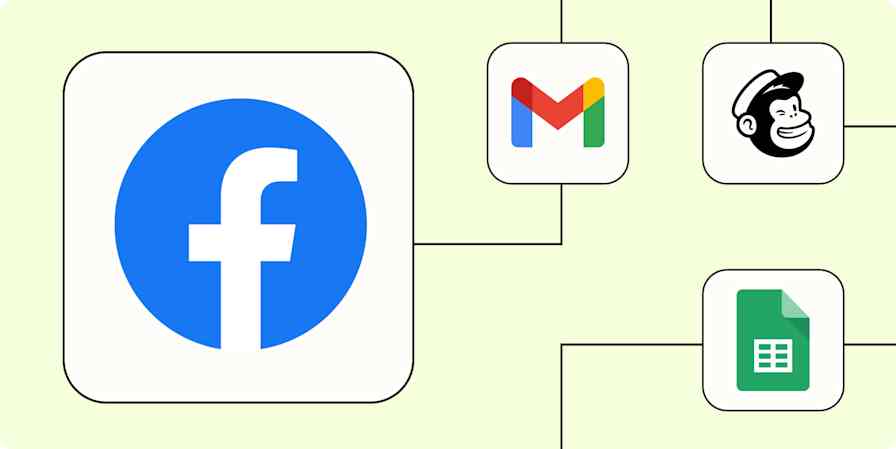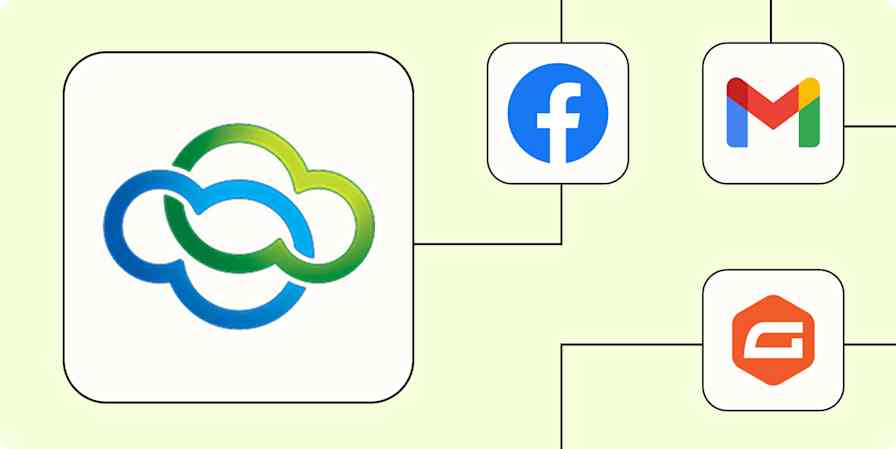Automation inspiration
7 min readAutomation for education: Less time record-keeping, more time with your students
By Paul Pellier · October 1, 2021

Get productivity tips delivered straight to your inbox
We’ll email you 1-3 times per week—and never share your information.
mentioned apps
Related articles
Improve your productivity automatically. Use Zapier to get your apps working together.








